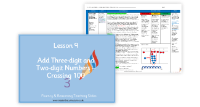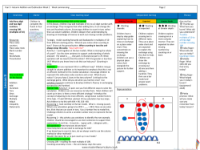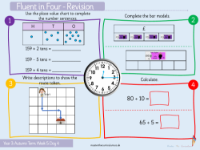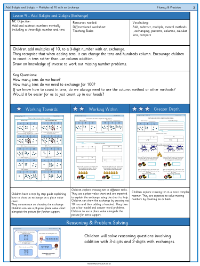Addition and subtraction - Add three-digit and two-digit numbers crossing 100 - Presentation
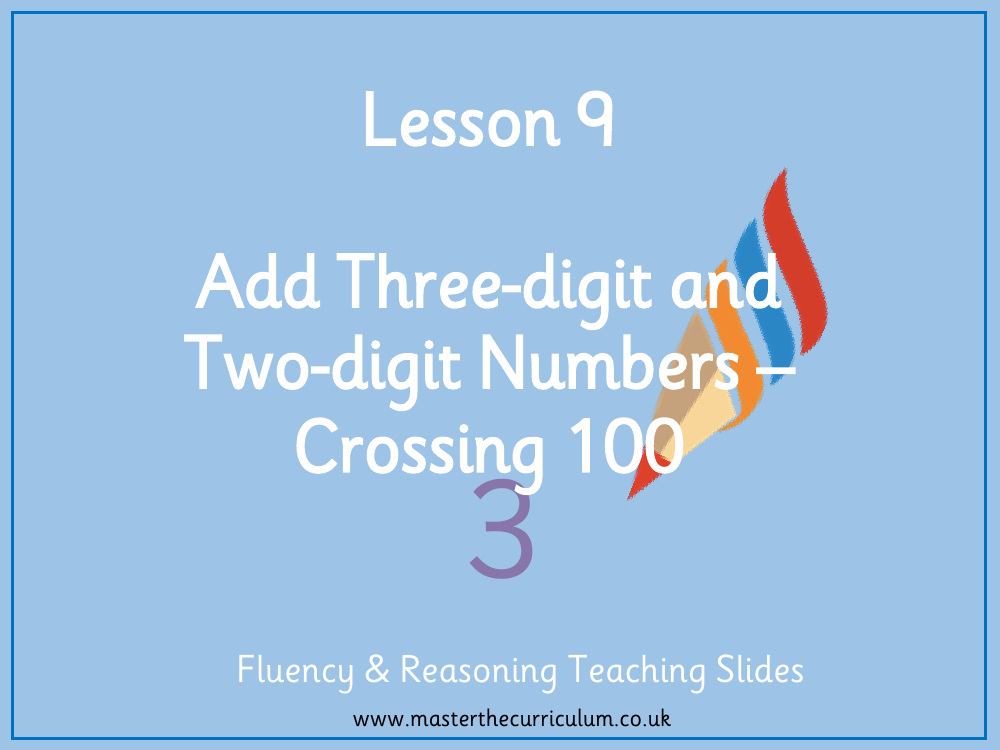
Maths Resource Description
In Lesson 9 of the Addition and Subtraction series, students are challenged to add three-digit and two-digit numbers that cross the 100 boundary. This lesson focuses on the concept of 'crossing 100' and includes activities that require students to consider exchanges when adding numbers. The lesson begins with a discussion on the equivalence of ten ones and ten tens, setting the stage for understanding place value and the addition process. Students are then engaged in completing bar models, which is a visual method to represent addition problems, such as adding 70 to 142 and 50 to 284, encouraging them to think about the steps they take to calculate the answers.
Subsequent activities involve practical scenarios to apply their learning, such as Pirate Joe adding bags of gold coins to his treasure chest, where students must write the calculations to find the new total. For example, adding six bags of 10 coins to 348 coins results in 408 coins. Another activity asks students to consider different methods for calculating the sum of 453 and 90, such as using column addition, counting in tens, or adding 100 and then subtracting 10. The lesson also incorporates reasoning tasks, where students create number stories from bar models and identify the odd one out in a series of calculations based on the tens column. Independent work tasks further consolidate their understanding, asking students to sort calculations, explain their methods, and solve problems using a place value chart and equipment. The lesson concludes with a discussion on the utility of counting in tens and whether traditional methods are always necessary.
